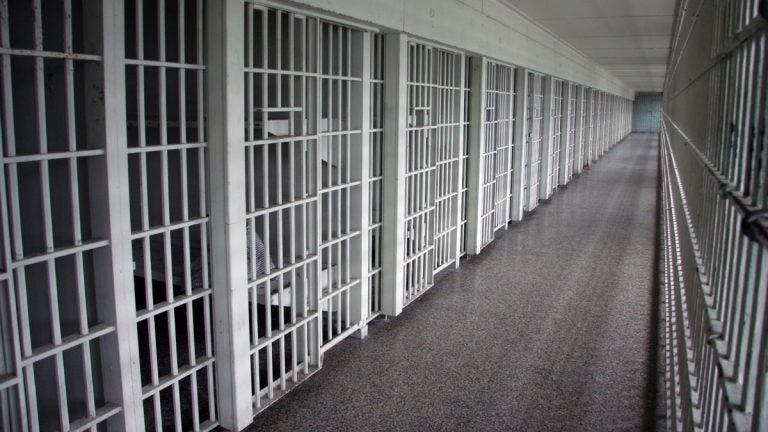The implications of putting the mentally ill behind bars instead of in hospitals
Listen
(Photo via Flicker/nycscout)
Jails or prisons may be the worst places imaginable for people with mental illness, but about one in five inmates suffers from one.
Walking down the concrete halls of a jail or prison in the United States, one out of every five prisoners you see probably has a serious mental illness.
“What we’re finding is that jails and prisons are really trying to do their best, but if you take a step back and think about it, it’s just not a situation designed to care for someone who has an illness that causes them to either act out, not be able to understand commands, or to be in a situation where there are individuals that may want to victimize them or harm them,” says John Snook, the executive director of the Treatment Advocacy Center.
Jails or prisons, he says, are the worst places imaginable for people suffering from mental illness. And many of these people wind up in correctional facilities because of the way mental illness is seen by society.
“Mental illness should be treated like any other illness, and when someone is struggling they should receive medical care,” Snook says.
Instead, when someone has a mental break, they usually end up behind bars instead of in a hospital bed. And often their behavior in jail winds them up in solitary confinement.
“Having a person with a severe mental illness be in solitary is hell within a hell,” Snook says. “At the end of the day they’re much more likely to have some of the really scary consequences that we worry about – things like attempting suicide – when they’re in a solitary confinement area for a significant amount of time.”
WHYY is your source for fact-based, in-depth journalism and information. As a nonprofit organization, we rely on financial support from readers like you. Please give today.



